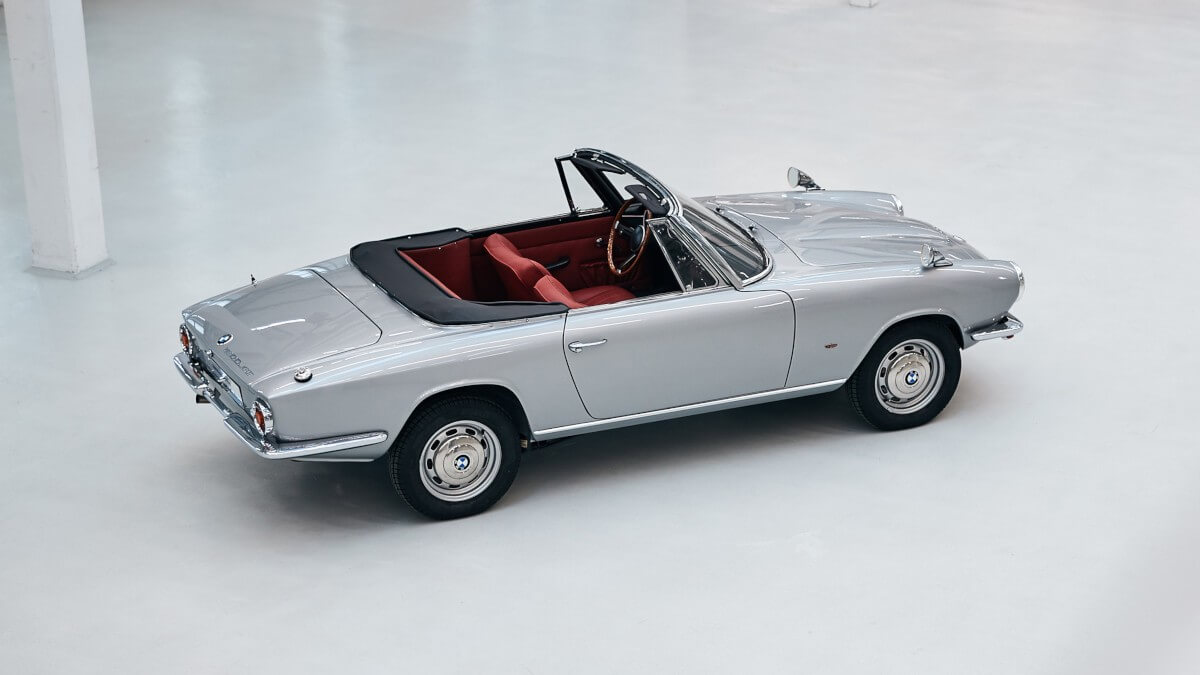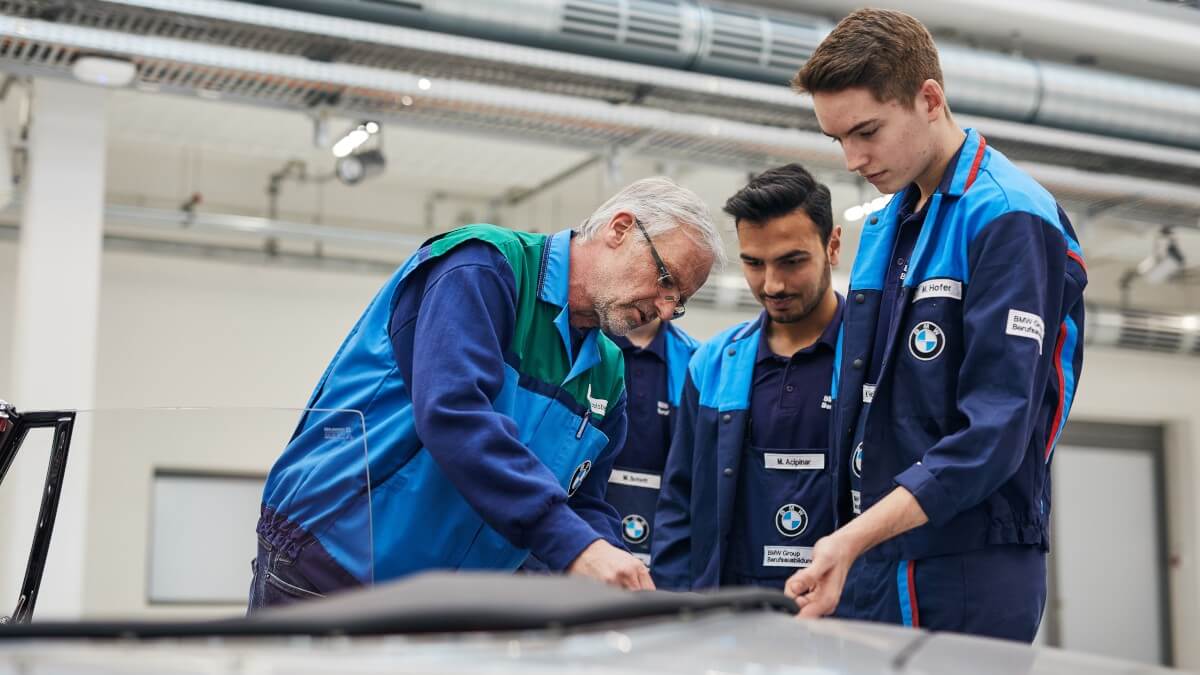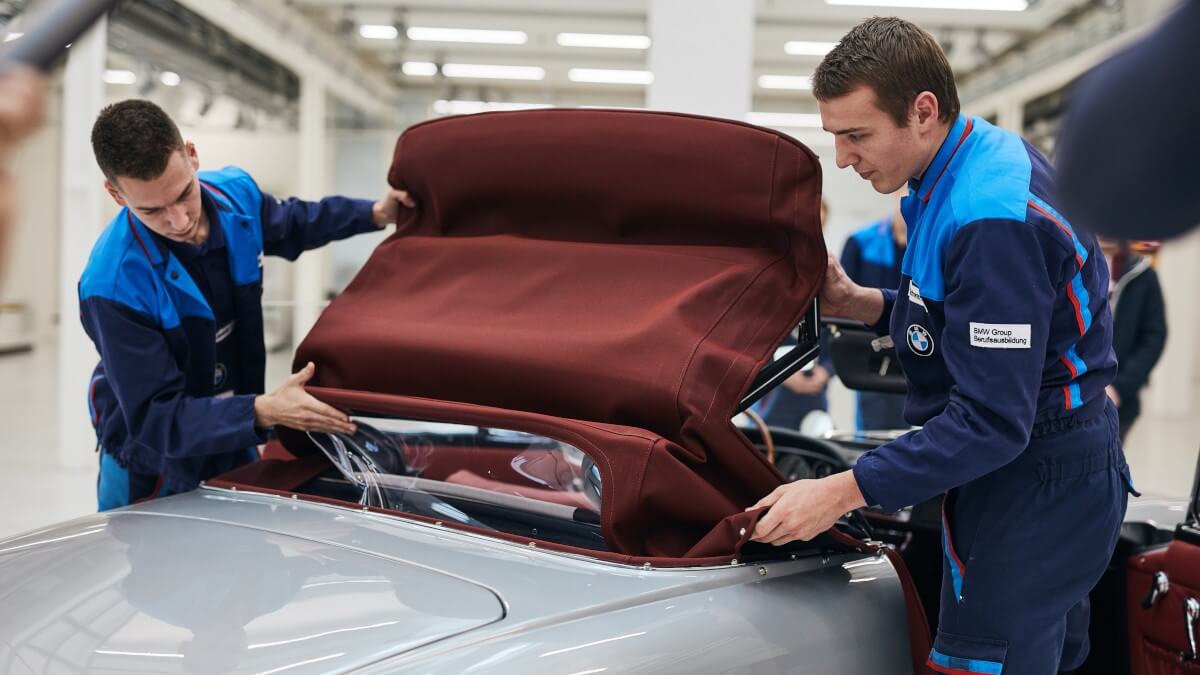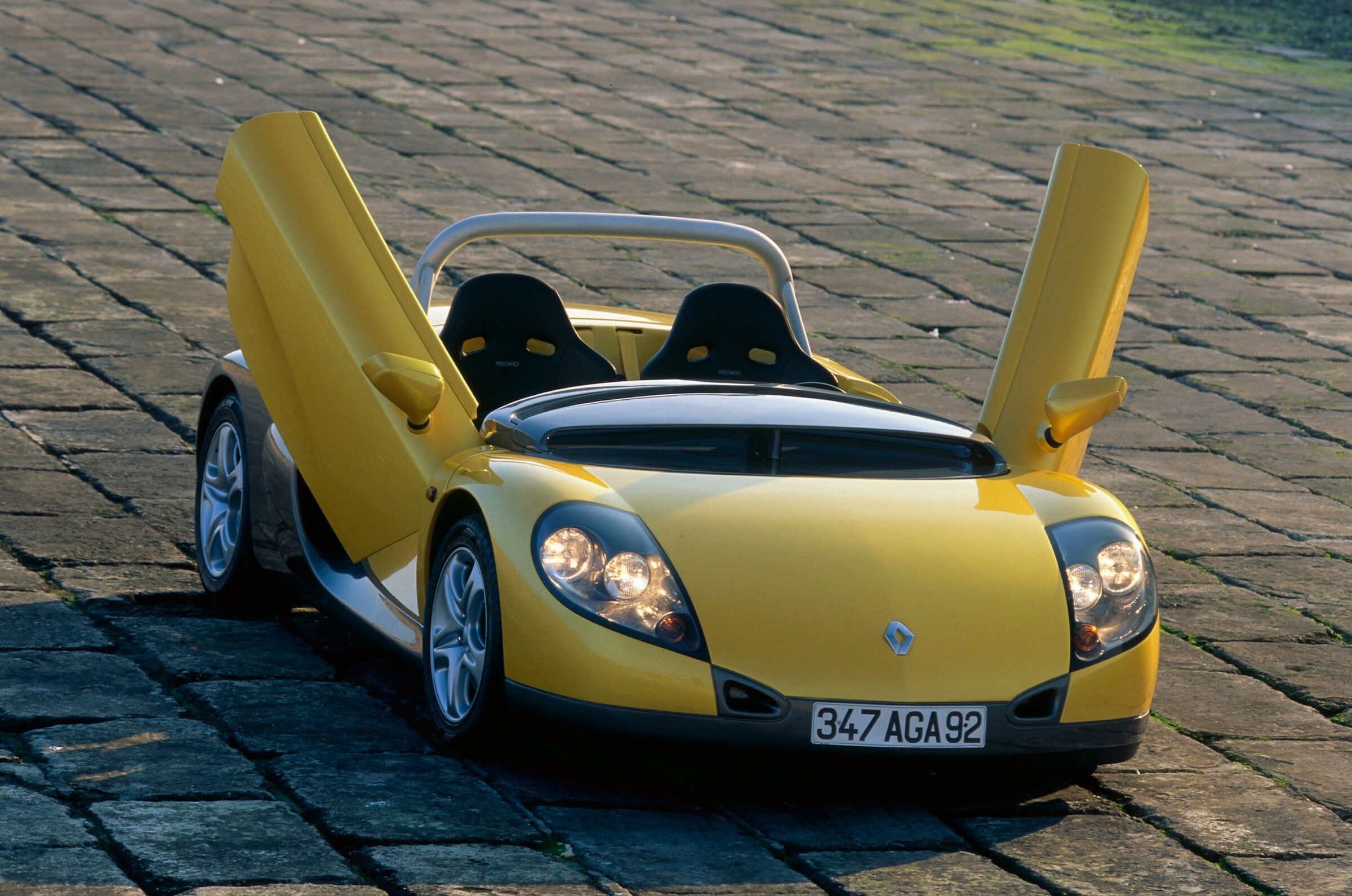BMW 1600 GT Cabriolet
Do you remember the German car brand Glas? Probably not. The best-known vehicle of the ‘Hans Glas GmbH’ came off the production line under the brand name Goggomobil and therefore is publically known as ‘Goggo’ until today. This microcar was built since 1955 and supplemented with the Glas Isar from 1958 with a two-cylinder four-stroke engine. As of 1962, there were the first four-cylinder engines at Glas in their model 1004, which also for the very first time in automotive history used timing belts to drive the camshafts. As variants followed the 1204 and 1304. In 1963 they presented a small sports car with the 1300 GT with a body designed by Pietro Frua, who also dressed the mid-size sedan 1700. At the IAA 1965 the new 2600 V8 and 3000 V8 debuted as bigger sports cars, also with Frua bodyworks, which were closely reminiscent of some Italian vehicles and led to the nickname ‘Glaserati’. However, the high production costs of these models also ensured the final nail in the coffin of the Hans Glas GmbH, which was finally taken over by BMW on 10 November 1966.
Under the new management, the production of the Glas model range was continued for the time being. From the large sports car a few copies left the factory as BMW 3000 V8, the Goggomobil stayed in production until 1969, the 1700 and its production tools were exported to South Africa as the BMW 1804 and 2004, while the small sports car 1300 GT and its brother 1700 GT became the BMW 1600 GT with engine, seats and the trailing arm rear axle on coil springs from the 1600 TI (instead of the rigid axle with leaf springs used before). Glas officially offered the car as Coupé and Cabriolet, but due to the new rear axle the open version was eliminated from the model range. In the fall of 1967 two prototypes of a 1600 GT Cabriolet were produced, but one of them crashed shortly afterwards and had to be scrapped.




































The only remaining copy of the BMW 1600 GT Cabriolet was handed over to the then major shareholder of BMW AG, Herbert Quandt, who used the unique vehicle for some years together with his family. He then sold the open four-seater to a Munich-based mannequin, followed later by an entrepreneur from Fürth. Finally the car came into possession of the Munich Allianz Center of Technology, where an extensive restoration took place in order to preserve this car for later generations. Recently, the BMW Group Classic department became aware of the whereabouts of this Cabriolet and eventually acquired it. While observing the condition it was quickly determined that the car had to be restored again. The idea came up to have this done by trainees in the very factory, where this vehicle was produced in 1966, Dingolfing.
Nine apprentices for bodywork and vehicle construction mechanics set to work under the guidance of their trainers and received extensive support in the procurement of spare parts through BMW Group Classic. The result is impressive. Silver paint, red leather and a red fabric roof adorn the 1600 GT, which differs from the former Glas models by the kidney grille and the round taillights of the 02 series. From now on, the unique Cabriolet can be inspected at classic car events and exhibitions, but will also be exhibited at times in the BMW Museum in Munich. As a new jewel of the vehicle collection, BMW Group Classic is understandably proud of this car.
Images: BMW





